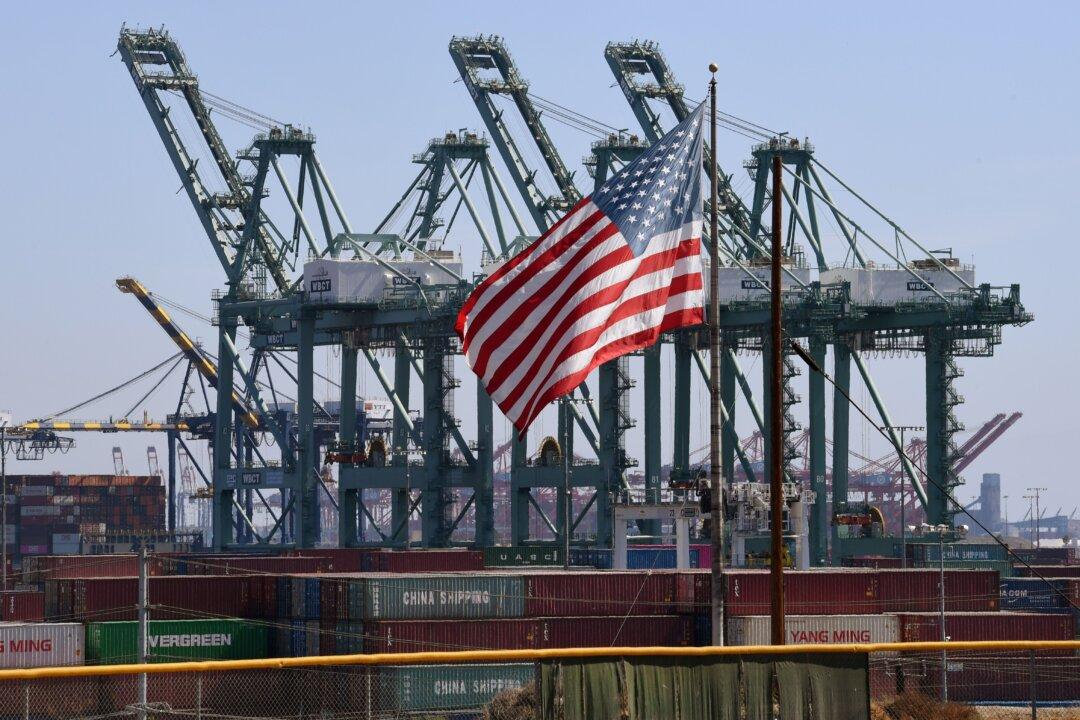The federal government is starting to cash in on tariffs imposed by President Donald Trump on steel, aluminium, and a plethora of goods from China.
Importers already owe $4.4 billion on the tariffs, the Washington Examiner reported, citing Homeland Security Department data up to Oct. 2.





